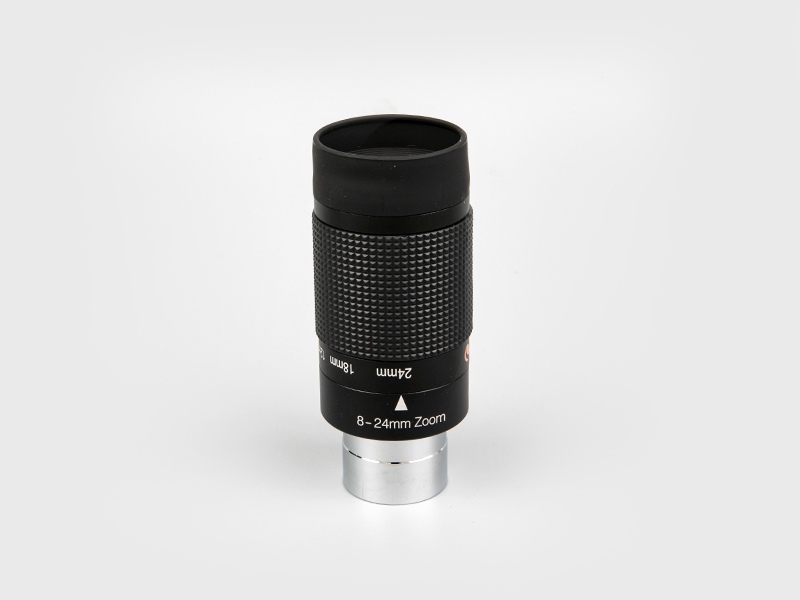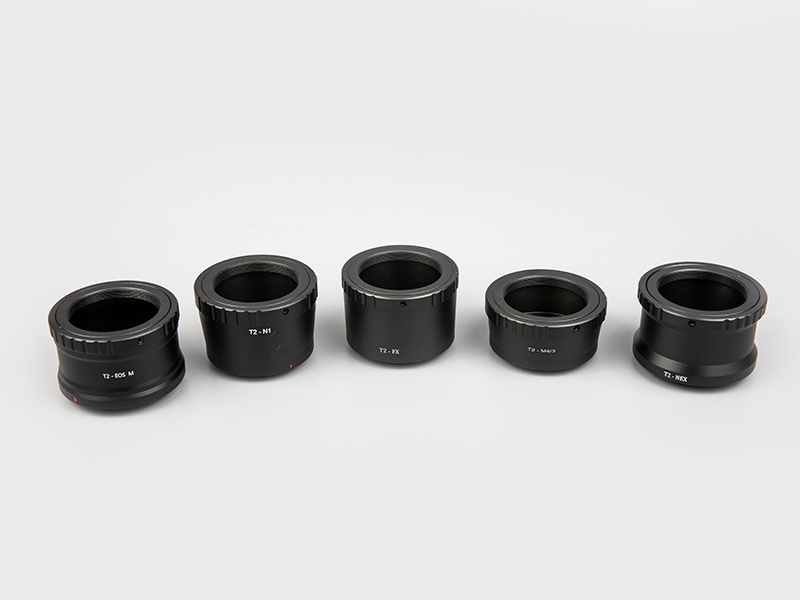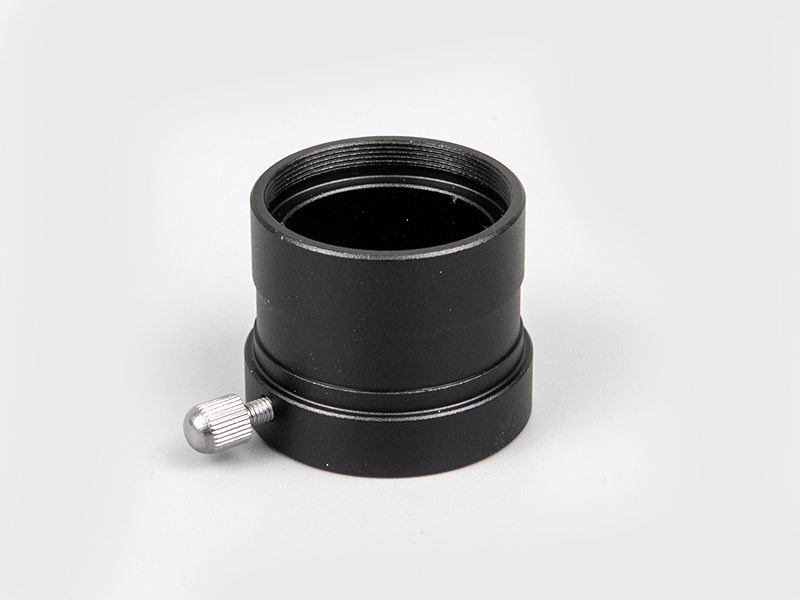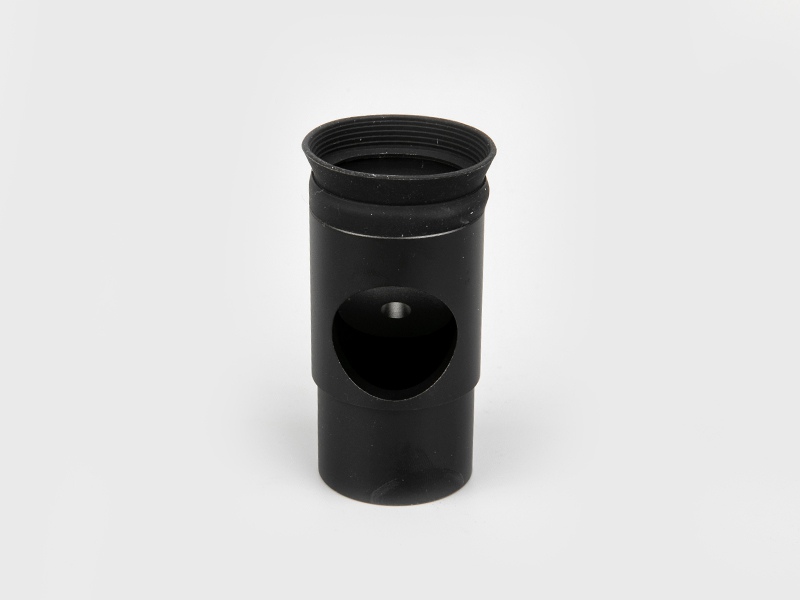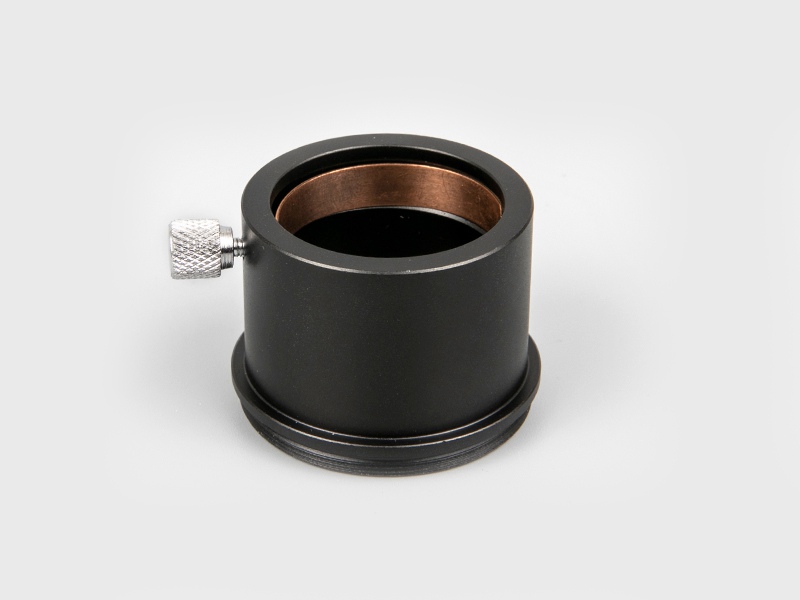Recently, I have received a lot of questions. One of them is that the editor below will put together the steps on how to adjust the viewing distance of the telescope. The following are the detailed steps on how to adjust the viewing distance of the telescope for everyone!
1. Adjust the positive and negative diopter scales of the left and right eyepieces of the telescope to 0 scale. Hold the left and right mirror bodies of the telescope with both hands, look for distant targets, and stretch or press the left and right mirror bodies at the same time, so that the eye distance of the telescope is the same as the interpupillary distance of the human eye.
2. Search for the target, lock the target, turn the visibility handwheel of the left eyepiece to make the target image and segmented image of the left branch system of the telescope completely clear, then turn the visibility handwheel of the right eyepiece to make the target image of the right branch system completely clear. Observation target adjustment. Because the optical path of the telescope is designed with dynamic autofocus, after adjusting the sharpness of the telescope, there is no need to refocus when observing targets at different distances again.
3. The direction angle refers to the included angle between the two targets to be measured (or a target at both ends of the horizontal direction) on the horizontal plane of the telescope.
4. When the azimuth angle of the two targets is smaller than the azimuth measurement graduation range in the telescope, align the target (target 1) with the scribed line at one end of the graduation board, and then look at the other target aligned with the graduation scale line ( The value of target 2), that is, the density of the measured azimuth.
5. It is suggested that when the azimuth angle of the two targets is greater than the azimuth angle measurement division in the telescope, the segmentation measurement can be carried out with the help of any target (target 3) between the two targets (target 1 and 2). By summing the measurements for each segment, the measured orientation angle is 1-10 (110 dense bits). Then, the angle between any two targets (or both ends of the target) on the vertical plane of the telescope is called the high and low angle.
6. When the high and low cross angle of the target is relatively small, align the cross center of the cross line (or any cross line) below the target, and check the cross line value clamped by the corresponding cross line above the target, that is, the measured high and low angle. density. As shown in the picture, the high and low angle of the target is 0-15 (15 density).
7. When the high and low angles of the target are large, the method of segmental measurement can be used to increase the value of segmental measurement, that is, the high and low angles.
8. When the height of the target is 2m, the lower end of the target is aligned with the horizontal line of the line-of-sight division, and the reading at the tangent between the upper end of the target and the line-of-sight division is the distance between the target and the observer. As shown, the distance between the target and the observer is 550m.
9. When the target height is greater than (or less than) 2m, the actual distance is calculated as follows: l=l1xh/2(m).
10. When the ambient light is dim or observed at night, it is recommended to use a telescope eyepieces with an exit pupil diameter greater than 7mm. Since the pupil diameter of the human eye is about 2-3 mm in the daytime and 6-7 mm in the dark, a telescope can collect more light than the naked eye.

 English
English 日本語
日本語 Deutsche
Deutsche España
España

